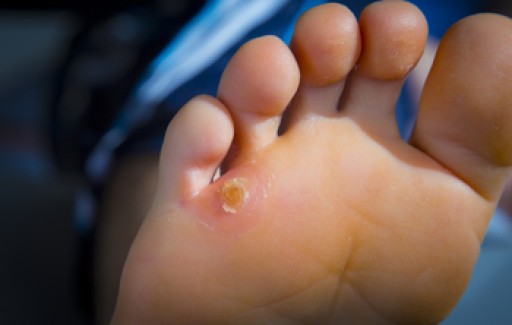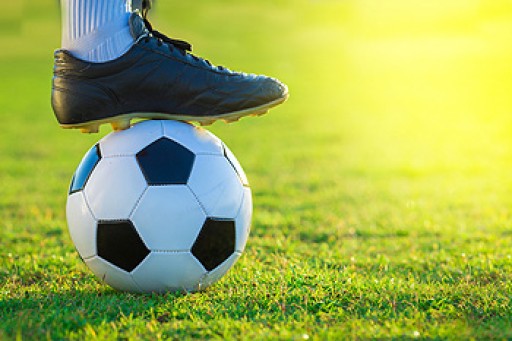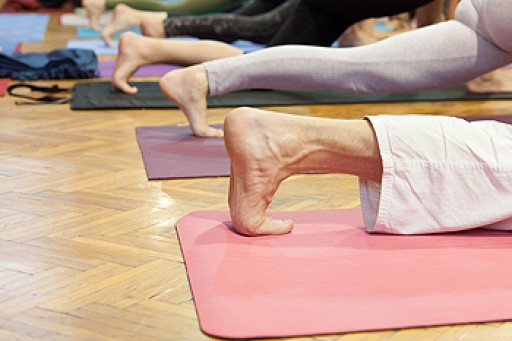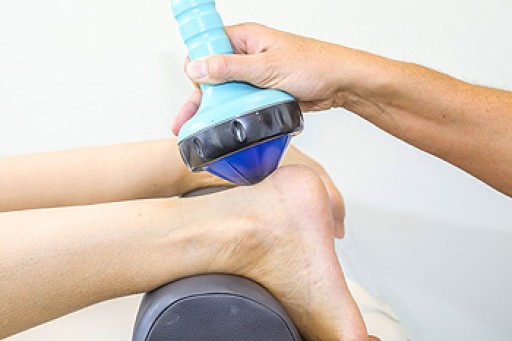Foot numbness in children is frequently caused by a compression of the nerves in the foot following a period of sitting with the legs or feet tucked underneath the body. The term for this is the foot “falling asleep.” Though your child may feel a pins and needles sensation, heaviness, or pain in their feet upon standing, this is nothing to worry about and tends to go away within minutes as the foot “wakes up.” Nevertheless, there are other possible causes of foot numbness, such as injuries to the feet or ankles, that you should watch out for. If your child complains of frequent foot pain or numbness that interferes with their daily activities or gets worse over time, it is suggested that you take your child to see a podiatrist.
Making sure that your children maintain good foot health is very important as they grow. If you have any questions, contact one of our podiatrists of Lewis Wolstein, DPM, P.C. & Associates. Our doctors can provide the care you need to keep you pain-free and on your feet.
Keeping Children's Feet Healthy
Having healthy feet during childhood can help prevent medical problems later in life, namely in the back and legs. As children grow, their feet require different types of care. Here are some things to consider...
Although babies do not walk yet, it is still very important to take care of their feet.
Avoid putting tight shoes or socks on his or her feet.
Allow the baby to stretch and kick his or her feet to feel comfortable.
As a toddler, kids are now on the move and begin to develop differently. At this age, toddlers are getting a feel for walking, so don’t be alarmed if your toddler is unsteady or ‘walks funny’.
As your child gets older, it is important to teach them how to take care of their feet.
Show them proper hygiene to prevent infections such as fungus.
Be watchful for any pain or injury.
Have all injuries checked by a doctor as soon as possible.
Comfortable, protective shoes should always be worn, especially at play.
If you have any questions please feel free to contact our office located in Co-Op City, NY . We offer the newest diagnostic and treatment technologies for all your foot and ankle needs.





 Anterior ankle impingement syndrome
Anterior ankle impingement syndrome





